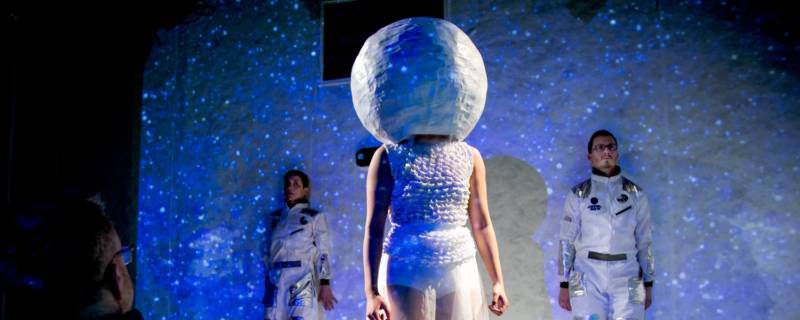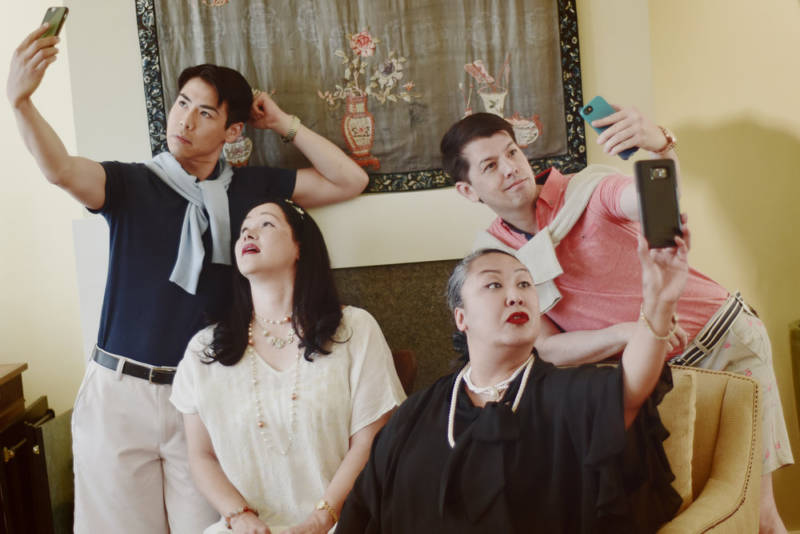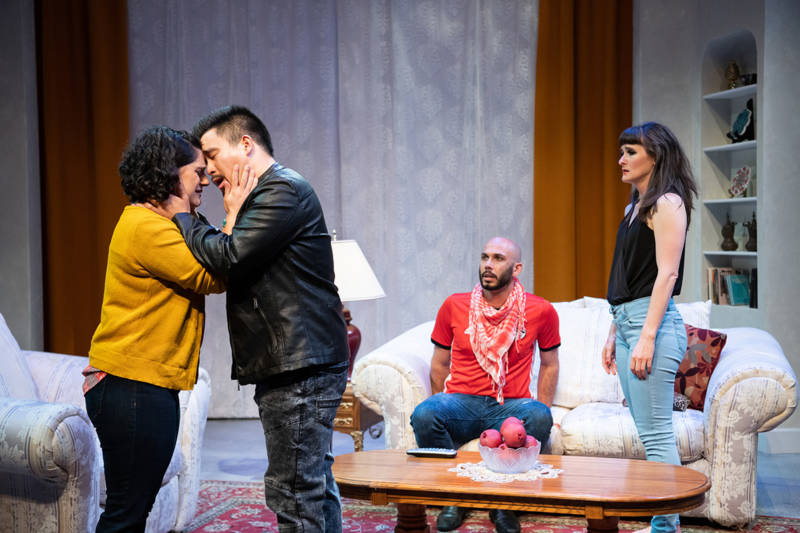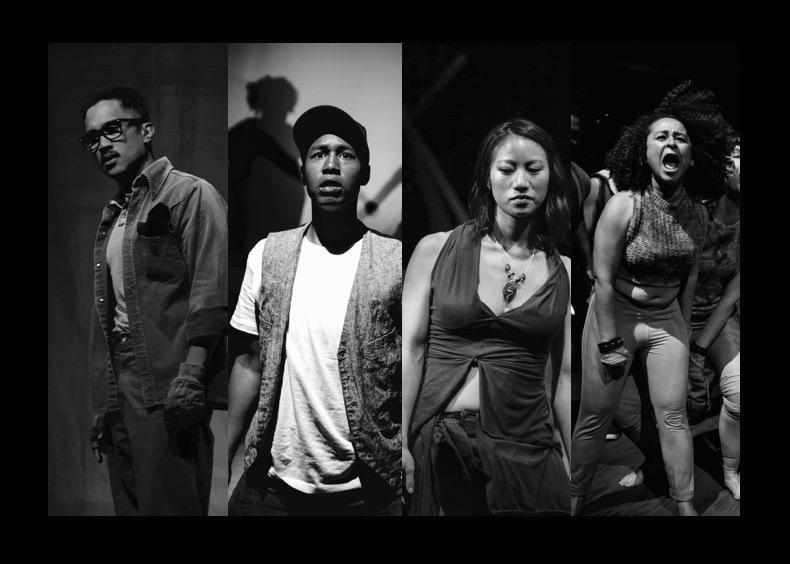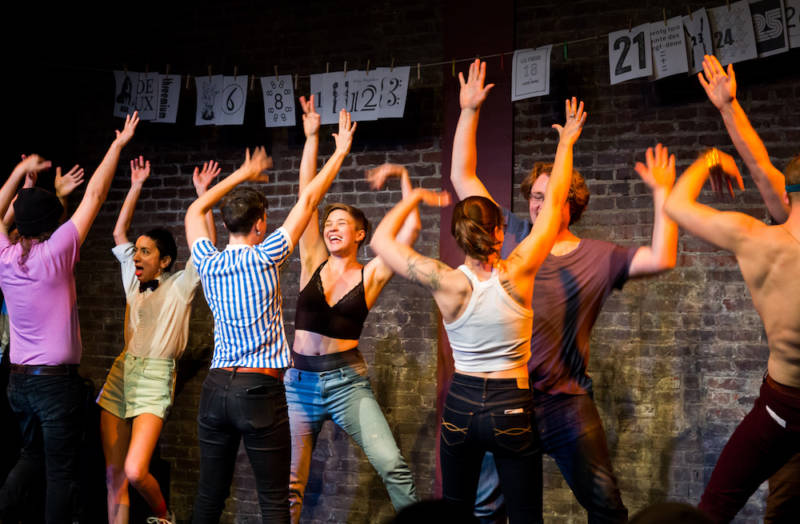What’s the true function of the end-of-the-year “best of” roundup? How can it be said that out of all the possible performances in all possible worlds, any one is the “best” out of them all? For myself, I like to take the opportunity to highlight a collection of my personal favorite moments, inspirations, and themes. Not so much a conventional “best of” list, but rather a reflection of work that struck me, and stuck with me, for reasons unique to the companies that created it.
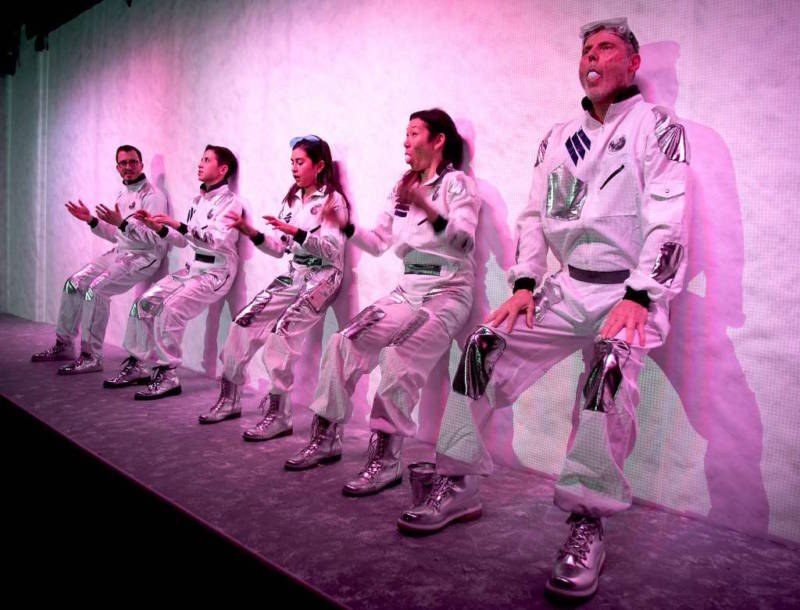
Best Emotional Journey to Inner Space
In Event of Moon Disaster, by Mugwumpin at Z Below
This devised show took the text of a speech that would have been delivered to the world by Richard had the Apollo 11 astronauts not returned to Earth safely. The resultant piece was a work of pure exploration, not just of the speculative moonscape, but of the humans who would venture to reach it. Confronted with their imminent demise and an enigmatic, anthropomorphized moon, Mugwumpin’s astronaut crew wound up traveling further inside than out, turning a trip to outer space into an excavation of the depths of their own mortality.

Best Covert CIA Operation Set to Music
Counting Sheep, by Mark and Marichka Marczyk (with Lemon Bucket Orkestra), presented by Cal Performances at the Oakland Metro Operahouse
My theatre-going Serbian friend is convinced that this touring musical about the Maidan Revolution in the Ukraine is a piece of CIA propaganda. I have no way of knowing whether or not he’s right, but IMHO having a “guerilla folk” ensemble tour the international Fringe Festival circuit seems of limited usefulness as a “covert” operation. For myself, the inventively-staged, immersive production—which gathered momentum and audience members into its ranks as the piece exploded from family celebration to fiery barricades—gave struggle a much more eloquent voice than if they had just written monologues about it. Plus, there was dancing in the “streets,” which will always be my preferred revolutionary act.
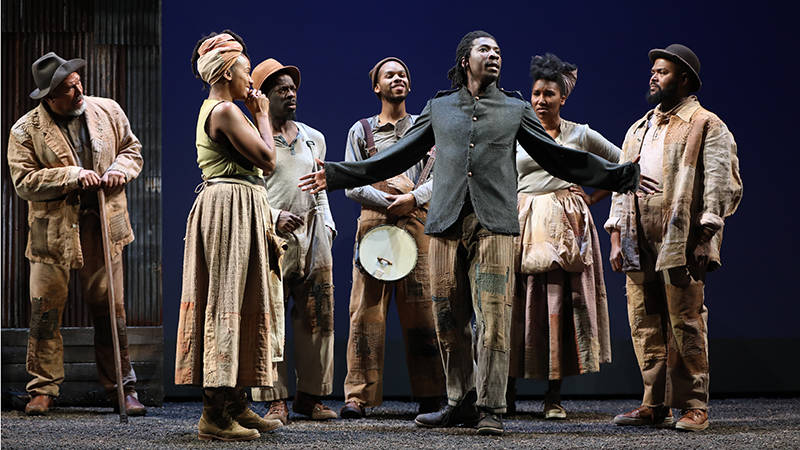
Best Pair of Audacious Odysseys
Father Comes Home from the Wars, by Suzan-Lori Parks at A.C.T.; black odyssey, by Marcus Gardley at Cal Shakes
